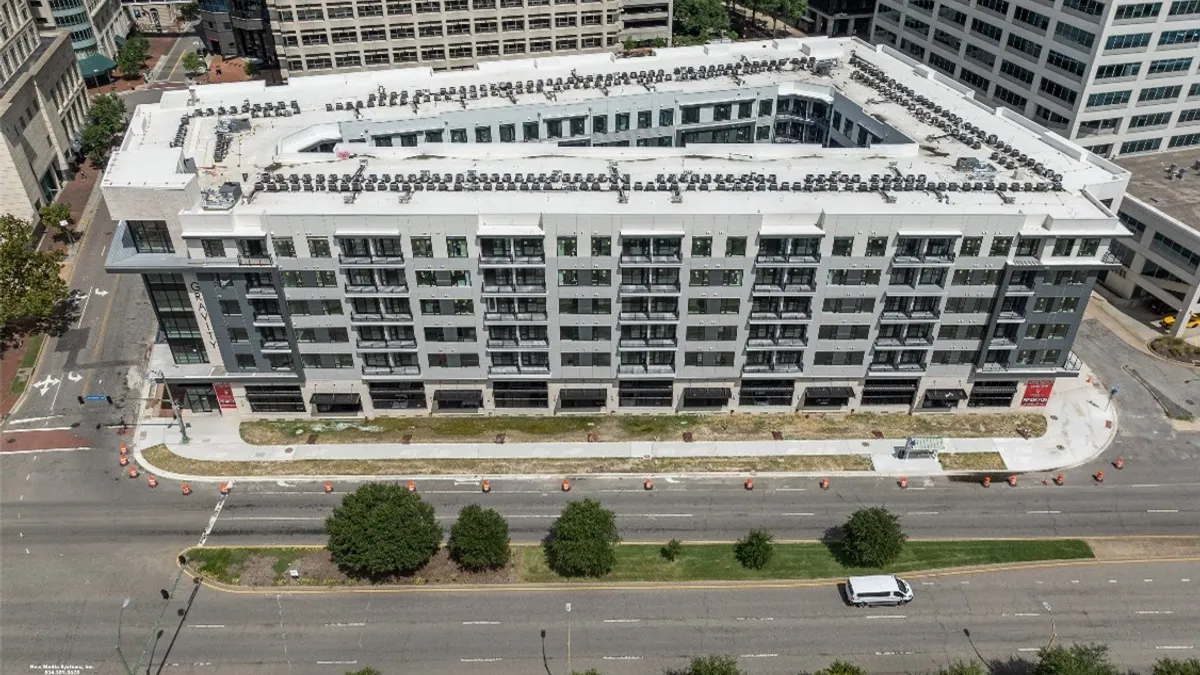Dive Brief:
- The Department of Housing and Urban Development’s Federal Housing Administration has increased the threshold at which a multifamily loan is considered a large loan, and therefore not eligible for standard underwriting, from $75 million to $120 million.
- This announcement marks the first increase in the large loan threshold since 2014. The FHA will review the threshold on a yearly basis moving forward, and raise it in $5 million increments if needed.
- The changes are meant to simplify multifamily underwriting and codify regular adjustments so that the threshold does not lag market conditions, according to a HUD press release.
Dive Insight:
In a letter to mortgagees dated June 28, HUD updated its Multifamily Accelerated Processing guide to account for this new threshold. All other aspects of the large loan process remain unchanged, it said.
“Revising the threshold, which is almost a decade old, is an important step for us and for the industry,” said Deputy Assistant Secretary for Multifamily Housing Ethan Handelman in the release. “We want stakeholders to be able to rely on FHA-insured financing for a wide variety of multifamily transactions, and without unnecessary barriers.”
HUD-FHA multifamily loans above the large loan threshold require underwriting that incorporates the single-point risk of loss to the FHA’s insurance fund, according to the revised MAP guide. Market-rate new construction/substantial rehab loans are limited to a debt service coverage ratio of 1.30, and a loan-to-value ratio or loan-to-cost ratio of 75%.
The borrowing entity must have a net worth of at least 20% of the loan, and liquidity equal to 7.5%. Large loans of this type must also maintain an operating deficit reserve of a certain size in order to assure the property’s success during the lease-up stage — either 12 months amortizing debt service plus mortgage insurance premium or the project’s operating deficit estimate, whichever is greater. More restrictions may be necessary on a case-by-case basis, HUD said.
“We know that borrowers are contending with the dual challenges of increased development costs and meeting the nation’s dire need for more rental housing,” Julia Gordon, assistant secretary for housing and federal housing commissioner, said in the release. “Anything we can do to prudently alleviate extra steps in obtaining FHA insurance will help all of us meet the housing supply challenges before us.”











